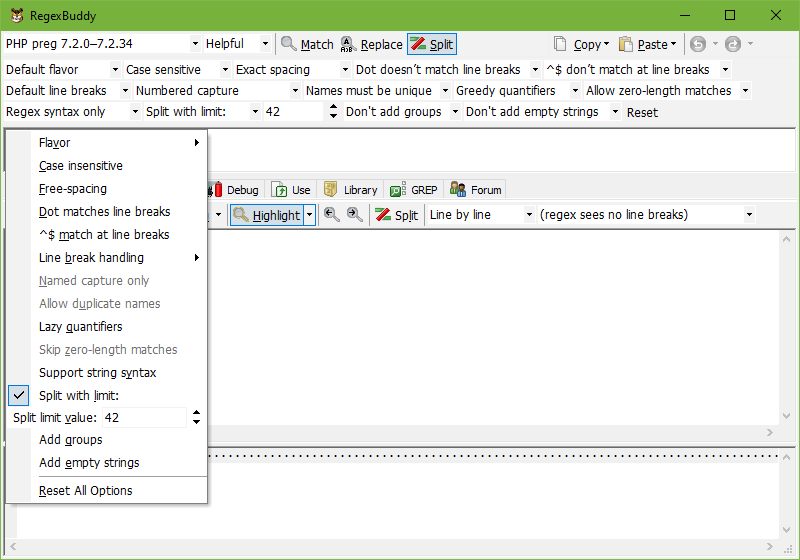

indicates that the adjacent dot should be interpreted as a period or decimal rather than as a wildcard.

Indicates that the adjacent character should be interpreted literally rather than as a regex metacharacter Matches the enclosed characters in any order anywhere in a stringĬreates a range of characters within brackets to match anywhere in a string Matches the enclosed characters in exact order anywhere in a string Matches the adjacent characters at the end of a string Matches the adjacent characters at the beginning of a string Matches the preceding character 0 or more times Matches the preceding character 1 or more times Matches the preceding character 0 or 1 times Matches any single character (letter, number or symbol)

Or if you wanted to create a view filter that included only campaign data from two different cities, you could create a regular expression like San Francisco|New York (San Francisco or New York). Rather than enter 25 different IP addresses, you could create a regular expression like 198\.51\.100\.\d* that matches the entire range of addresses. In the context of Analytics, regular expressions are specific sequences of characters that broadly or narrowly match patterns in your Analytics data.įor example, if you wanted to create a view filter to exclude site data generated by your own employees, you could use a regular expression to exclude any data from the entire range of IP addresses that serve your employees. This article covers regular expressions in both Universal Analytics and Google Analytics 4.


 0 kommentar(er)
0 kommentar(er)
